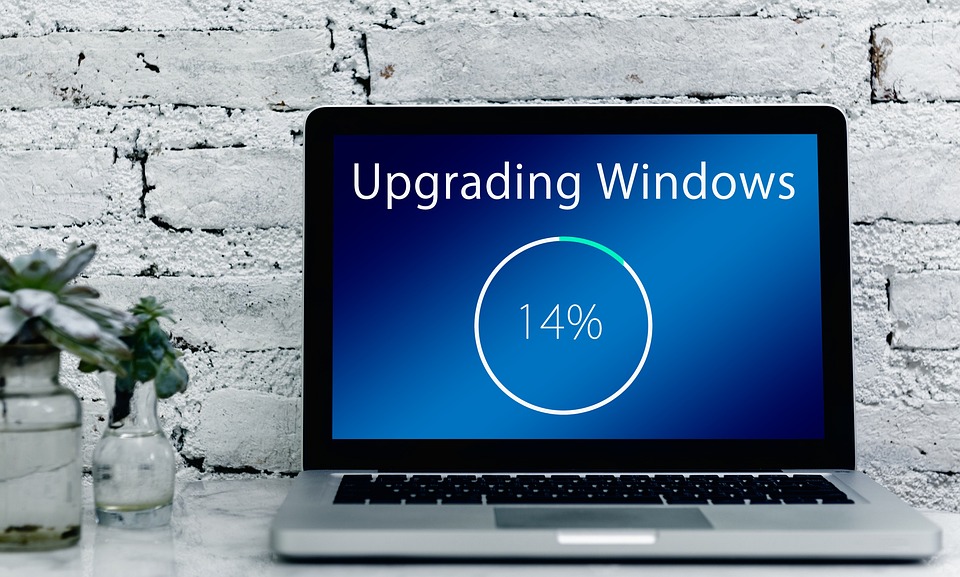WordPress has emerged as one of the most powerful content management systems (CMS) in the world, powering over 40% of all websites on the internet. Whether you’re starting a blog, launching a business website, or running an online store, WordPress offers endless customization and flexibility. For new users, however, the vast array of features and options can be overwhelming. Here, we’ll share essential tips and tricks to help you unlock the full potential of WordPress.
1. Choose the Right Hosting Provider
Selecting the right hosting provider is the first step to building a successful WordPress site. Look for a hosting company that specializes in WordPress hosting. Features to consider include:
- Uptime Guarantee: Choose a provider with a solid track record for uptime to keep your site accessible.
- Speed Performance: A fast-loading site improves user experience and SEO ranking.
- Security Features: Opt for services that provide strong security measures like SSL certificates, regular backups, and malware scanning.
- Customer Support: Look for providers with 24/7 support to assist you when technical issues arise.
2. Select a Responsive Theme
Your choice of theme can significantly impact your site’s look and feel. Select a responsive theme that adapts seamlessly to all devices—desktops, tablets, and smartphones. You can find thousands of free and premium themes in the WordPress Theme Directory or from third-party providers. Consider your branding, and ensure the theme you select is easy to customize.
3. Install Essential Plugins
Plugins expand the functionality of your WordPress site. However, rely on only essential plugins to maintain optimal performance. Here are some must-have plugins for new users:
- Yoast SEO: Helps you optimize your content for search engines.
- Wordfence Security: A security plugin that adds a layer of protection against malware and attacks.
- WooCommerce: Perfect for setting up an online store.
- Contact Form 7: Allows you to create custom contact forms effortlessly.
- UpdraftPlus: A reliable backup plugin to protect your data.
4. Optimize for SEO
Search engine optimization (SEO) is crucial for driving organic traffic to your site. Here are some tips to improve your WordPress SEO:
- Use Permalinks: Configure WordPress to use SEO-friendly permalinks that include keywords in the URL. Access this under Settings > Permalinks.
- Add Metadata: Use an SEO plugin to add titles, descriptions, and keywords to your pages and posts.
- Image Optimization: Compress your images to reduce load time and utilize alt text for better search rankings.
5. Create Quality Content
Content is king. Aim to create valuable, informative, and engaging content that addresses the needs of your audience. Here are some best practices:
- Consistency: Publish content consistently to keep your audience engaged.
- Formatting: Use headings, bullet points, and short paragraphs to make your content easier to read.
- Multimedia: Incorporate images, videos, and infographics to enhance your content and retain user interest.
6. Utilize Widgets and Menus
Make your website user-friendly by effectively utilizing WordPress widgets and menus. Widgets can be added to your sidebar or footer, providing visitors with quick access to essential information. Customize menus to ensure visitors can navigate your site easily. Organize pages, categories, and links intuitively to improve user experience.
7. Implement Analytics
Understanding your audience is key to growing your site. Install Google Analytics to track visitor behavior, traffic sources, and conversion rates. This data will provide valuable insights, allowing you to make informed decisions on content, marketing strategies, and more.
8. Regularly Update Your Site
Keeping your WordPress site updated is critical for security and performance. Regularly check for:
- WordPress Core Updates: Always run the latest version of WordPress.
- Plugin and Theme Updates: Update your themes and plugins to patch vulnerabilities and introduce new features.
- Backups: Ensure you have regular backups stored in a secure location, allowing you to restore your site in case of issues.
9. Engage with the WordPress Community
One of the best aspects of using WordPress is its active community. Engage with other users through forums, social media groups, and local meetups. The WordPress.org support forums are invaluable for troubleshooting issues and exchanging ideas. Participating in this community can provide insights and new strategies to enhance your website.
10. Don’t Be Afraid to Experiment
Finally, don’t be afraid to experiment. WordPress is built for flexibility, allowing you to make changes without affecting your live site. Use a staging environment if possible to test new themes, plugins, or layouts before deploying them to your live site.
Conclusion
By following these essential tips and tricks, you will be well on your way to unlocking the power of WordPress. In no time, you’ll have a website that not only reflects your brand’s identity but also engages your audience. Remember, practice makes perfect, and the more you explore WordPress, the more proficient you will become. Happy blogging!
Contact Us




